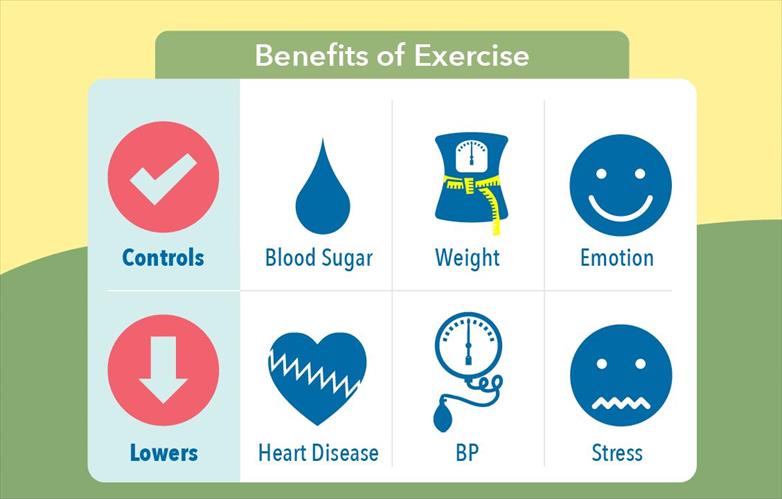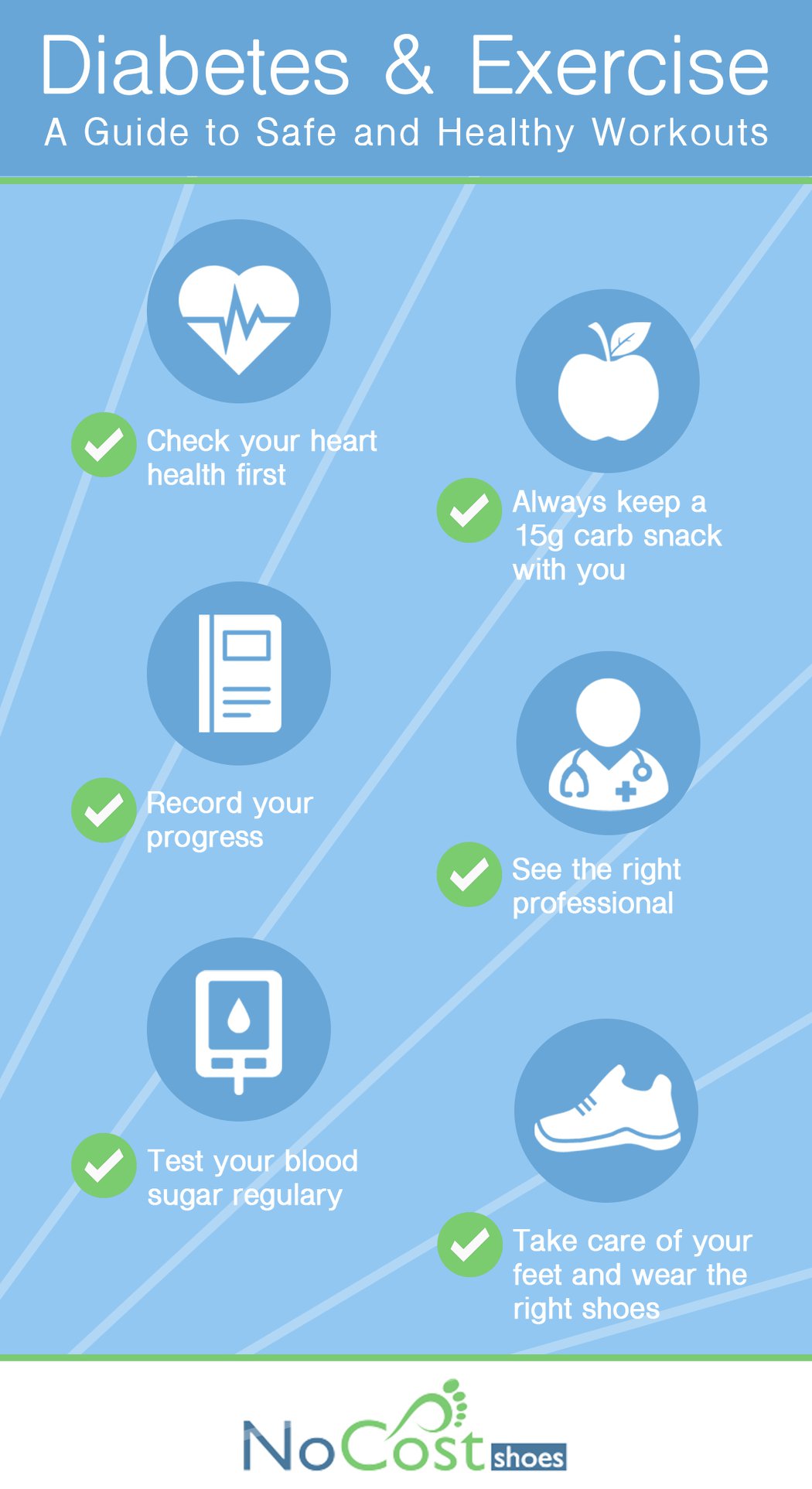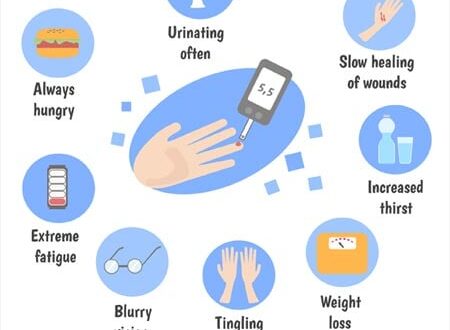The Importance of Exercise for Diabetes Management
Benefits of exercise for individuals with diabetes
Regular exercise plays a crucial role in managing diabetes by helping to control blood sugar levels, improve insulin sensitivity, and maintain a healthy weight. Physical activity also reduces the risk of heart disease and stroke, common complications of diabetes. Moreover, exercise can boost overall well-being, increase energy levels, and enhance quality of life for individuals living with diabetes.
Precautions to consider before starting an exercise routine
Before starting an exercise routine, individuals with diabetes should consult their healthcare provider to develop a tailored plan that considers their specific health needs. It is essential to monitor blood sugar levels before, during, and after exercise to prevent hypoglycemia (low blood sugar). Additionally, staying hydrated and wearing proper footwear are important factors to prioritize when engaging in physical activity.

Types of Exercises Suitable for Diabetes Patients
Aerobic exercises for managing blood sugar levels
When it comes to managing blood sugar levels, individuals with diabetes can benefit greatly from aerobic exercises. This type of physical activity, such as walking, cycling, or swimming, helps to control blood glucose levels, improve cardiovascular health, and enhance overall fitness.
Strength training exercises for improving insulin sensitivity
For individuals looking to improve insulin sensitivity, incorporating strength training exercises into their routine is highly beneficial. Activities like weightlifting or bodyweight exercises help to build muscle mass, which can lead to better glucose uptake by the cells and improved insulin function. Combining aerobic and strength training exercises can provide a well-rounded approach to diabetes management.

Monitoring Blood Sugar Levels During Exercise
How to check blood sugar levels before, during, and after exercise
When it comes to monitoring blood sugar levels during exercise, individuals with diabetes should check their levels before, during, and after physical activity. Before starting exercise, it is essential to ensure that blood sugar levels are within a safe range to prevent complications. During exercise, periodic checks can help in avoiding drastic fluctuations. After completing the workout, monitoring levels again is crucial to ensure they return to a healthy range.
Managing hypoglycemia during physical activity
In the event of experiencing low blood sugar levels (hypoglycemia) during physical activity, individuals with diabetes should always have a source of fast-acting glucose on hand, such as glucose tablets or gels. It is essential to treat hypoglycemia promptly to prevent any adverse effects and ensure a safe workout. Monitoring symptoms like shakiness, sweating, or dizziness during exercise can help in identifying and managing hypoglycemia effectively.

Safety Tips for Exercising with Diabetes
Wearing medical identification while exercising
When engaging in physical activity with diabetes, it is crucial to wear medical identification, such as a bracelet or necklace, indicating your condition. This can provide vital information to first responders in case of an emergency and ensure appropriate care is administered promptly.
Staying hydrated and recognizing signs of low blood sugar
Hydration is key during exercise for individuals with diabetes. Maintaining adequate fluid intake helps regulate blood sugar levels. Additionally, being able to recognize symptoms of low blood sugar, like shakiness or confusion, is essential for prompt intervention and preventing complications during workouts.

Precautions for Avoiding Foot Complications
Choosing appropriate footwear for exercise
When it comes to exercising with diabetes, selecting the right footwear is crucial. Individuals should opt for well-fitted, comfortable athletic shoes that provide ample support and cushioning to reduce the risk of foot injuries. Proper footwear can help prevent blisters, ulcers, and other foot-related complications that individuals with diabetes are more susceptible to.
Inspecting feet before and after physical activity
Regular foot inspections are essential for individuals with diabetes engaging in physical activity. Before and after exercising, it is important to thoroughly examine the feet for any cuts, blisters, redness, or signs of infection. Detecting any issues early on can prevent serious complications and ensure timely medical intervention if needed.






